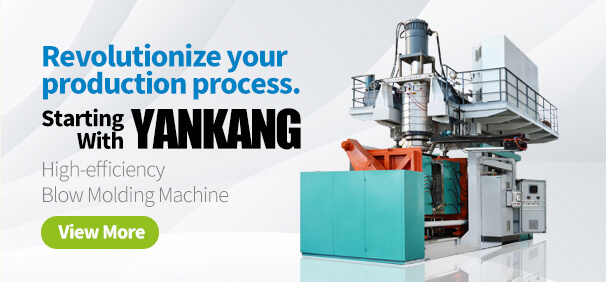When it comes to selecting blow moulding equipment, you’ve got to take a good look at the production scale of the manufacturer, the styles and models of the products, and consider the technical, financial, and management aspects all together.
In recent years, the manufacturing level of domestic extrusion blow molding hollow forming machines has made rapid strides. There’s a wide variety of models and specifications that have surpassed the technical parameters set by relevant standards. Plus, the main manufacturers of hollow forming machines have reached a technical and manufacturing process level that’s close to the world’s advanced standards, with some models even hitting that top-tier mark.

Now, let’s break it down as I analyze these 5 key points one by one.
1. Production Scale and Product Style
The production scale’s size and the required product volume primarily determine the selection of blow moluding equipment. For instance, if you need to process packaging barrels with a volume of 5 liters, it’s best to opt for a 5L series blow molding machine. If the production scale is larger and the supply-demand is significant, then a dual-station 5L blow molding machine would be the way to go. On the other hand, if the production scale is smaller, a single-station blow molding machine would suffice.
Some specialized blow-molded products aren’t measured by volume. For example, most blow-molded automotive parts and certain industrial components should be selected based on the dimensions of the products to be formed. Sometimes, a special configuration approach is necessary for model selection; for instance, when producing automotive spoilers, due to their lightweight and longer length, you might choose a 5-7L material storage head and an 80-100L clamping mechanism to ensure proper production of the products.
2. Technical Level
The technical level of the blow molding manufacturer can also influence equipment selection. When the operational and maintenance personnel possess high technical skills, it’s advisable to choose more advanced blow molding machines. These machines will offer higher stability, reliability, production output, and quality, but they will also require skilled personnel for maintenance and operation.
Blow molding manufacturers should select their equipment based on their technical capabilities to achieve a harmonious combination of personnel and machinery.
3. Financial Situation
Generally speaking, high-end equipment tends to come with a higher price tag, while standard equipment is relatively more affordable. Therefore, equipment selection should be aligned with the available financial resources.
4. Management Level
When it comes to high-end, highly automated blow moulding equipment, the management required is much more meticulous. It’s not just about having skilled technicians on board; it also demands precise and detailed management practices. Factors like suitability, durability, excellent manufacturing and installation quality, high production efficiency, and cost-performance ratio should be prioritized when selecting equipment.
5. Rational Selection of Blow Moulding Equipment Suppliers
Over the years, due to market choices and competition, some blow molding machine manufacturers have adapted to market changes by developing equipment that meets consumer demands, paving a faster path for growth. However, some manufacturers have struggled to keep up with these market shifts, failing to improve their equipment promptly, leading to dwindling sales and making it tough for their businesses to survive.
Therefore, it’s crucial for blow molding product manufacturers to carefully choose their equipment suppliers, avoiding the temptation to prioritize low prices, as this could lead to challenges with after-sales service during the equipment’s lifecycle.
